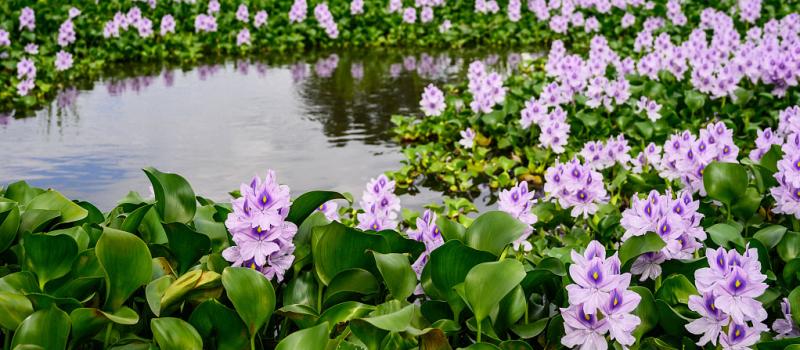
The water hyacinth is a beautiful but destructive aquatic plant. It happens to be one of the most noxious aquatic weeds in the world with its toxic ability to engulf vast expanses at an exponential pace.
The municipal government is continuing to act against the presence of water hyacinths in the Presa Allende. Since the current municipal administration took office and even previously, a technical monitoring of this flora has been carried out by the Directorate of Environment and Sustainability.
Deputy Director Julio César Ledesma reported that this municipal agency has maintained periodic measurement monitoring, as well as analysis of causes and affects of this pest in the ecosystem of this body of water, its banks and surrounding areas.
In this regard, Ledesma Horta confirmed that this environmental phenomenon has a regional impact, therefore an invitation has been extended for the participation of both the State Government and the Federal, through the National Water Commission (CONAGUA), which is the qualified authority. In this regard, there is already an expression of the will of these agencies to hold a workshop soon so that efforts can be combined and this problem can be addressed in a specialized manner, with short, medium and long term solutions.
The satellite monitoring carried out last October 8 by the municipality showed 105 hectares of the dam covered by lirio; by November 15 (39 days later) there was an increase to 180 hectares populated; eight days later (last Tuesday, November 23) the area was covered by 240 hectares of this weed.
In view of these measurements, the municipal official emphasized that density studies should complement this monitoring, since these numbers can vary if the wind disperses the plants, covering more territory with the same amount of hyacinth present.
Being of South American origin, the reproduction of the water hyacinth is favored when there are warm temperature conditions, similar to other plants that proliferate in the hot and rainy season, that is, it is currently in its reproductive cycle closing.
In the analysis of causes, Environment and Sustainability considers several hypotheses such as the uncontrolled dragging of nutrients in the water runoff during the rainy season, some discharge of wastewater, gradual soil erosion or even the introduction of exotic flora to the ecosystem of this region of the country.
"The water hyacinth is a symptom of a regional problem and, as such, we must address the causes. We have been working since day 1 when (the current municipal government) took office, however, the challenge requires planning work, inter-institutional dialogue and working in the window we have, which are the months of January, February and mid-March, to have the climatic conditions on our side," stipulated Julio César Ledesma.
In the immediate term and as a result of talks with local fishermen's associations in the area who are economically affected by the impact of the Water hyacinth infestation since it makes it difficult to use their nets when carrying out their work when using their nets. It also becomes a breeding ground for insects which could generate a focus of infection of various diseases. In the medium and long term, it could result in the quality and quantity of agricultural irrigation for the producers of District 0-85 La Begoña, as well as ecological damage due to the theft of oxygen that would affect the flora and fauna of the dam.
Consequently, an Inter-institutional Action Plan is anticipated, which could be supplemented by efforts of organized citizens and private initiatives, to mitigate the negative impact on the ecosystem of the Presa Allende, with physical extraction of the hyacinth that exceeds the natural reproduction rate.

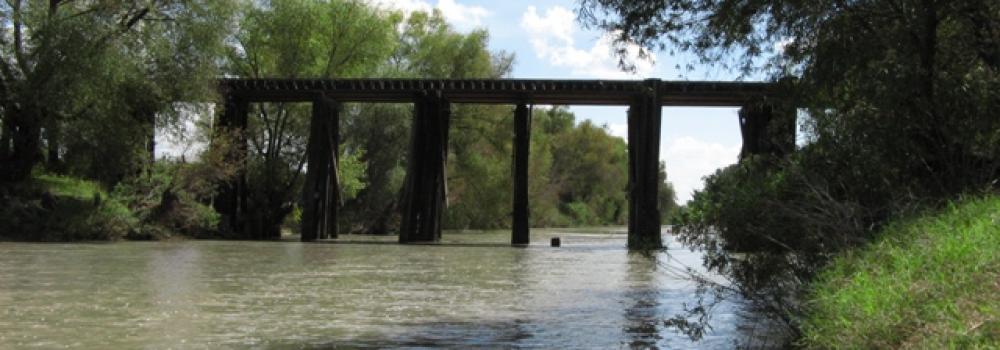
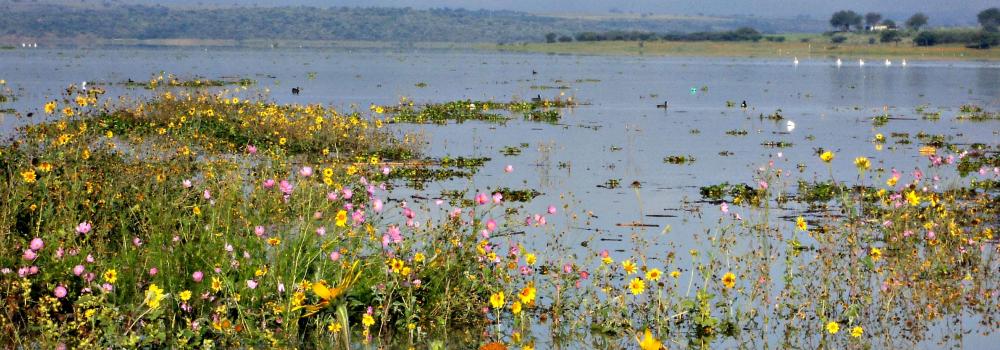
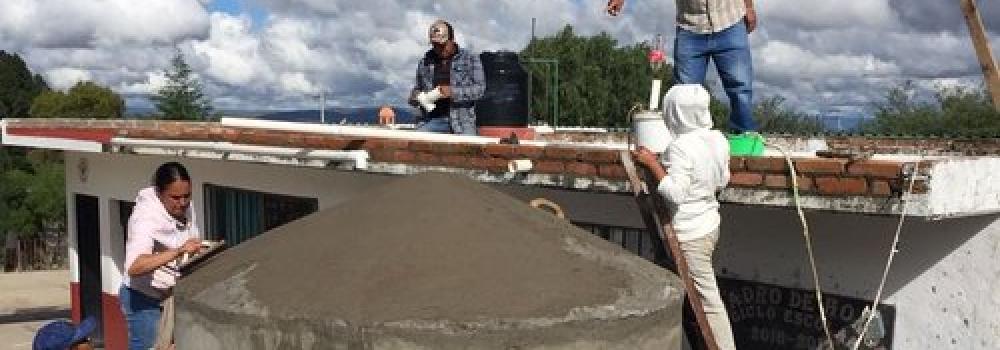
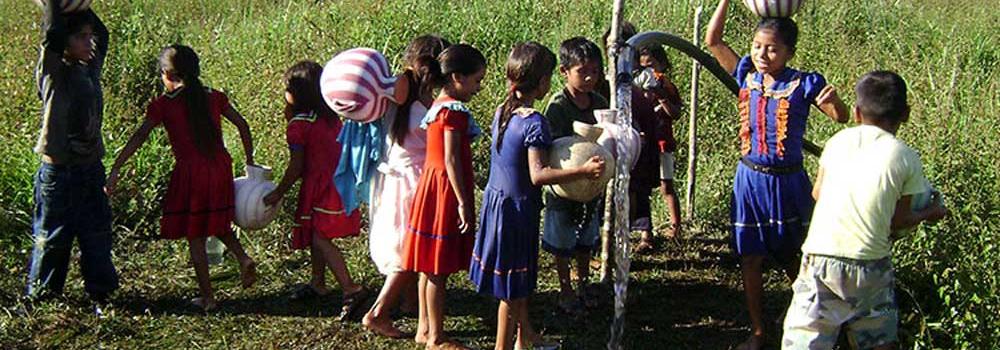
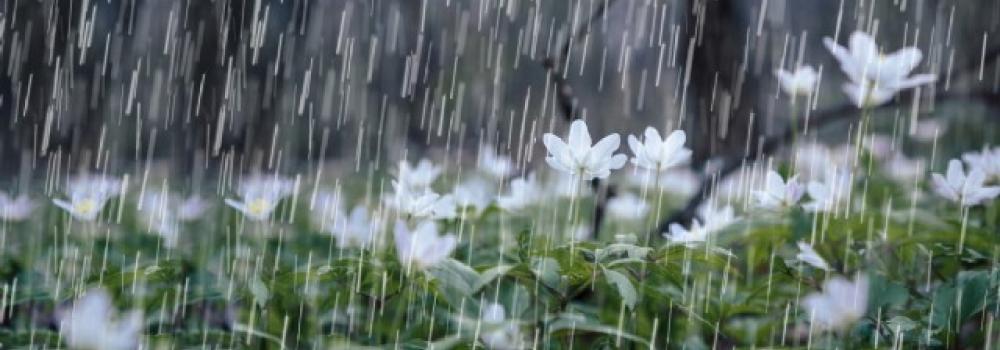
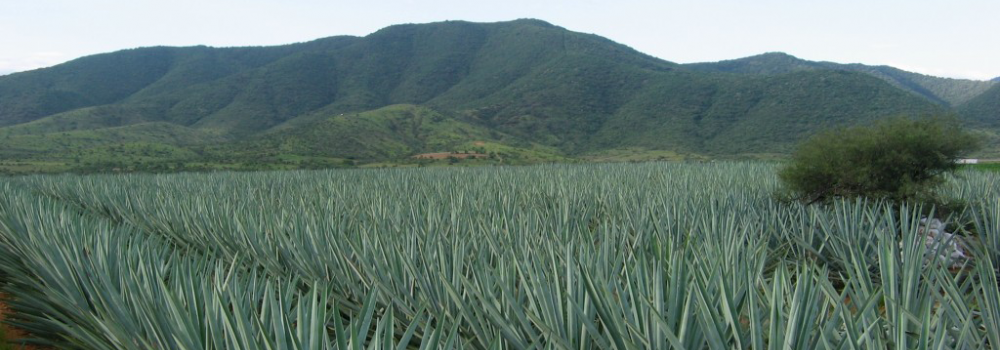
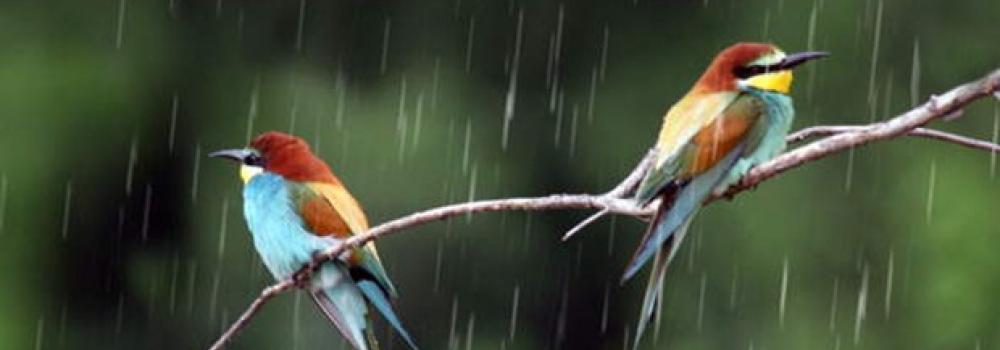
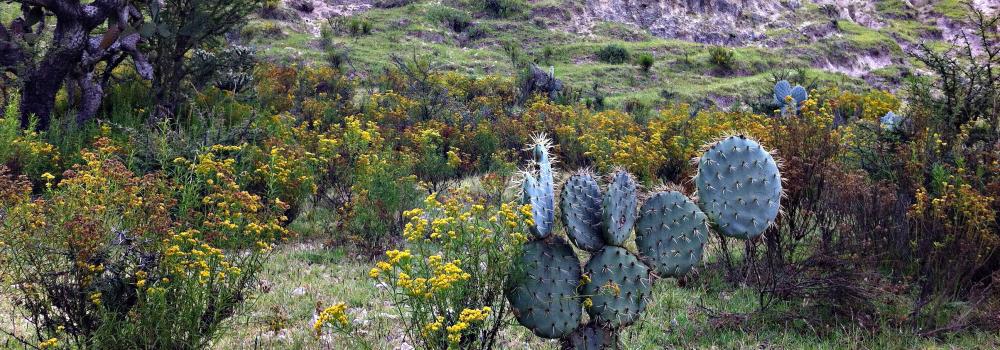
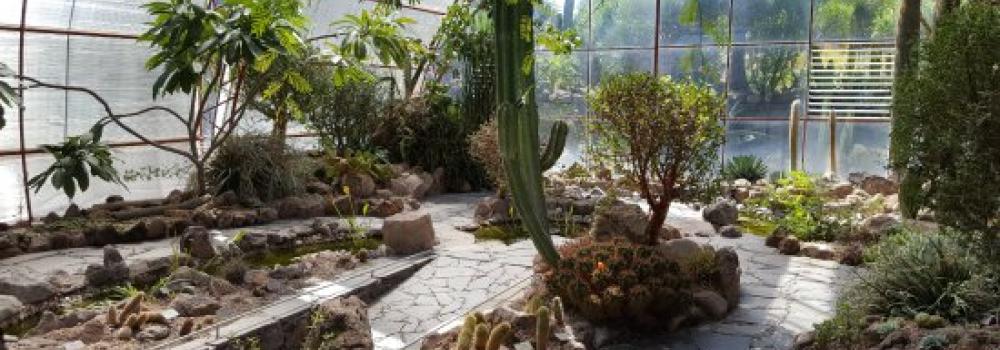
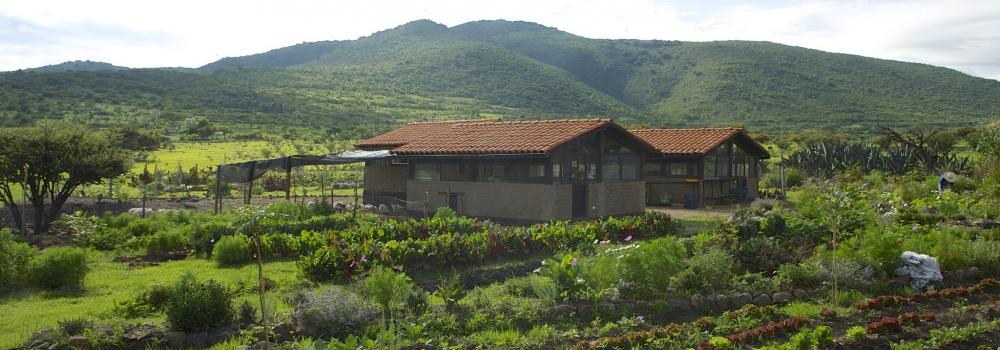
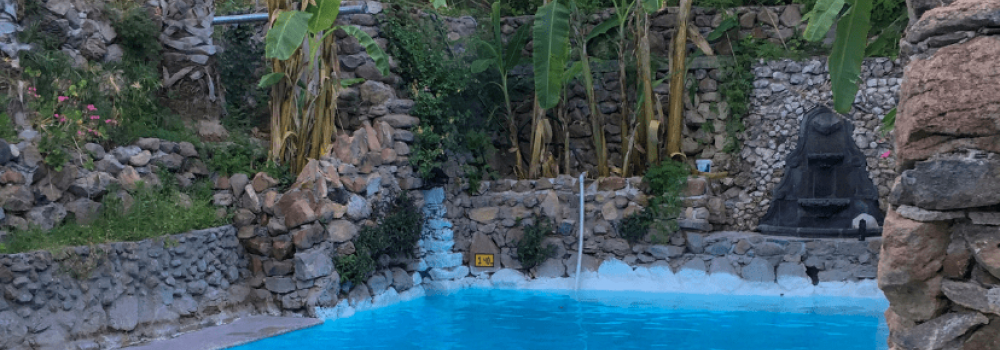
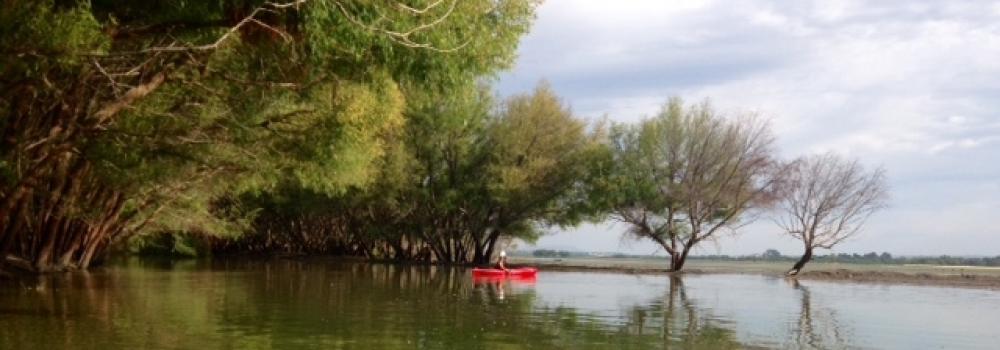
Add new comment